March 2022 - Update
If you have not yet lodged your 2021 tax returns, our office is open for Office, Zoom or Phone appointments. With due dates fast approaching, we encourage you to contact us on 03 9853 1000 or email admin@crawfordaccountants.com.au to organise your tax appointment.
Tax deductibility of COVID-19 test expenses
After much speculation, the Government announced that COVID-19 tests, including Polymerase Chain Reaction (‘PCR’) and Rapid Antigen Tests (‘RATs’), will be both:
- tax-deductible; and
- exempt from FBT;
where they are purchased for work-related purposes.
This will require the introduction of new specific legislation (i.e., to clarify that work-related COVID- 19 test expenses incurred by individuals will be tax-deductible or FBT exempt where employers provide the tests to their staff) which will apply both where an individual is required to attend the workplace or has the option to work remotely.
The Government intends that these changes take effect from the beginning of the 2022 income year and will apply permanently once enacted.
Super changes and full expensing 12-month extension now law
A plethora of superannuation law tweaks has recently been made which include:
- Removing the $450 monthly super guarantee threshold.
- Reducing the eligibility age for making downsizer contributions from 65 to 60.
- Changes to facilitate the removal of the work test for those aged between 67 and 75 regarding non-concessional and salary sacrificed contributions. In addition, the bring-forward rule will now be available for people under the age of 75 (rather than 67, as is currently the case).
- Increasing the maximum releasable amount under the First Home Super Saver scheme from $30,000 to $50,000.
- Allowing super fund trustees to choose not to use the segregated assets method in certain circumstances.
Furthermore, the Government has extended accelerated depreciation with legislation passing to allow current Temporary Full Expensing measures to continue for another 12 months to 30 June 2023.
12-month extension of the temporary loss carry-back measure
As announced in the 2020/2021 Federal Budget, legislation has now passed to allow eligible corporate entities (i.e., with, amongst other things, an aggregated turnover of less than $5 billion) a 12-month extension to claim a loss carry-back tax offset in the 2023 income year.
The temporary loss carry-back rules were initially implemented in 2020 to promote economic recovery by providing cash flow support to previously profitable companies that fell into a tax loss position due to the COVID-19 pandemic.
The law allows eligible companies to carry-back tax losses from 2020, 2021, 2022 and now the 2023 income year to previously-taxed profits in the 2019 or later income years.
A company that does not elect to carry back losses under this temporary (yet extended) measure is still eligible to carry losses forward as usual.
Keeping and maintaining SMSF records
Trustees of SMSFs have been put on notice by the ATO that keeping and maintaining good records is one of their key responsibilities and legal obligations. Good record keeping ensures trustees can ensure accurate and timely SMSF accounts, audits and income tax return lodgments.
As a result, the ATO has recently confirmed that even where SMSF trustees rely upon super or tax professionals to administer their SMSF, each trustee remains personally responsible for good record keeping.
If trustees are unsure of their obligations, the ATO has encouraged them to view the ATO’s record-keeping videos available on their website (refer to QC 23333) and undertake an approved education course (refer to QC 41142) to improve their understanding and knowledge.
SMSF – statistical overview from 2020 lodgments published
As of 30 June 2021, SMSFs have been reported as making up 25% of all super assets (i.e., $822 billion as of 30 June 2021).
At the same time, there were approximately 598,000 SMSFs with almost 1.115 million individual members. Furthermore, as of 30 June 2020, on average, each SMSF has assets of just over $1.3 million.
The ATO has also reported that the total contributions to all SMSFs in 2020 was around $17.9 billion (a 4% increase from 2019).
Finally, according to ATO statistics, over 25,000 SMSFs were established in 2021 (with average assets of $391,000 upon establishment), and of these new SMSFs, 85% were founded with a corporate trustee (i.e., rather than an individual trustee).
Small employers and STP – the ATO gets serious
The ATO has advised it is in the process of shifting from its previous engagement and communication focus on Single Touch Payroll (‘STP’). In particular, it will begin a ‘failure to lodge penalty’ process for small business employers (i.e., those with 19 or fewer employers) who have yet to commence STP reporting.
STP reporting has been mandatory for most small employers from the 2020 income year, with a final ‘nudge letter’ being issued to approximately 700 small employers in late January 2022.
Notably, the ATO advised that any remaining non-compliant small employers (i.e., those not subject to any appropriate reporting extensions or exemptions) will have been issued pre-penalty warning letters from 18 February 2022.
Where an employer receives a pre-penalty warning letter, they will have a further 28 days to take action by either starting to lodge or contacting the ATO before a failure to lodge penalty will be imposed.
The information provided in this update is general in nature and if you have any queries of require further information or assistance with the above, please contact our office.
Crawford News






